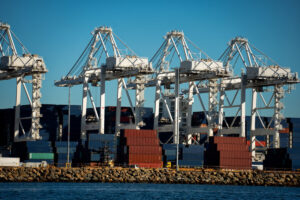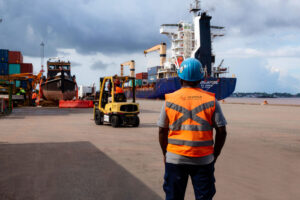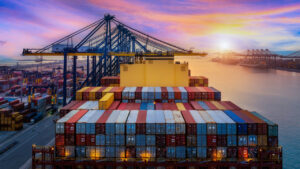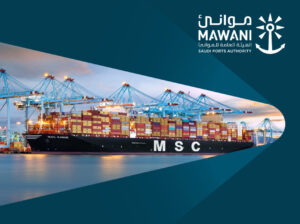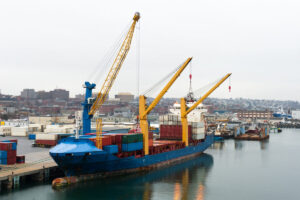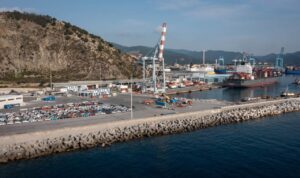The European Sea Ports Oganization (ESPO) has submitted its contribution to the public consultation in preparation of the new Connecting Europe Facility.
In preparation for the submission, the ESPO commissioned a study to investigate the future investment needs of European ports, as well as previous benefits that ports experience through EU financial instruments.
The study, carried out by Dr Peter de Langen, Dr Mateu Turró, Martina Fontanet and Jordi Caballé estimates that ports across Europe face investment needs of almost €48 billion.
These needs are mostly caused by external drivers, such as growth in trade flows, new trends in the maritime industry and decarbonisation and other environmental initiatives.
Despite the recognition of port’s diverse investment needs, projects initiated by port authorities reportedly only attract 4% of the CEF funding – with only one third of submitted projects receiving funding.
The ESPO states that the study helps show that public funding remains highly relevant for port managing bodies.
Read the “EU Maritime Logistics” for further information on EU port and terminal operations
Leading from these results, the ESPO calls for a strong Connecting Europe Facility featuring grants for financing port projects with high added value but low financial returns (with responsible grant management), a well-defined methodology to define EU added value, a long term vision on funding priorities and a rise in levels of endorsement for smaller port projects not involving national or regional funding.
ESPO’s Secretary General Isabelle Ryckbost said: “The study shows an investment pattern of European ports that mirrors very well the essential and very diverse role of ports for the economy.
We strongly hope that the study and our recommendations can help the Commission and EU policy makers to develop a strong CEF II proposal with sufficient focus on the EU added value of port projects.
It is crucial in that respect to recognise ports as international infrastructures.
Less than 10% of the freight handled in European ports was national traffic.
Ports are not only Europe’s gateways for trade with third countries, but also create value for the society which exceeds the national borders.
They are the main link between the sea and the wider hinterland and economy.”
PLA consultant Peter de Langen commented: “The participation of the European Seaports was excellent: 73 ports, that represent more than 60% of the total EU port volumes, provided information on about 400 investment projects.
As a result, we now have a detailed understanding of the investment needs of European ports.”


